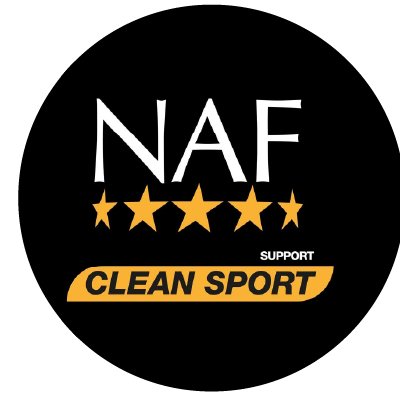During the winter months, hooves can suffer from the muddy and persistently wet conditions. The relentless search for lost shoes and the last-minute visit from the farrier on a Friday afternoon can sometimes be the result of turning out our horses in the mud. Although hoof growth tends to slow down during the winter months, the hooves of unshod horses do not tend to break down as well as they do in the dry conditions. Therefore, it is advisable to continue the necessary shoeing and trimming routine to support healthy hooves.
How do wet conditions impact the hoof?
The hoof horn supports the internal structures of the hoof during warmer conditions as the horn remains hard. However, when conditions deteriorate, from wet to dry, the hoof wall will begin to expand and contract, leaving open cracks vulnerable for pathogens to invade. When the water molecules enter small crevices in the hoof wall, excess moisture can be absorbed by the hoof, causing it to become soft and more difficult to keep shoes securely on your horses foot. If the hoof is not checked and cleaned regularly, abscesses can occur and other hoof related problems such as thrush.
Read More: A guide to using herbs for hoof health
What can we do to help our horse’s hooves in the winter?
- Continue your routine farriery visits to maintain the foot structure and balance- even though the foot does not grow as quick in the winter, it is important for trimmings to continue.
- Check and pick out your horse's hooves daily to ensure any stones or debris are removed. Things to look out for when cleaning hooves:
ο Is the frog healthy- are there any signs of peeling?
ο Does the foot smell?
ο If your horse has shoes, are the clenches tight?
ο Are the shape of your horse’s hooves looking normal?
- In extreme cases of wet weather, try to avoid moving your horse frequently from wet to dry conditions.
- If your fields are looking water logging in areas, assess what drainage you have and fence of the wet areas.
What does NAF recommend?
NAF recommends preventing problems arising before there is a need for a cure, and therefore suggests using the Farrier Dressing or Farrier Solution by PROFEET to protect your horse’s feet during the winter. The application of oils and greases can suffocate the hoof so any products used need to support and provide nutrients for the hoof horn and protect the horn from the threat of waterborne and anaerobic bacteria.
NAF have taken into consideration what the hoof needs to stay healthy through the winter, and with the expert advice of farriers, they have been able to formulate these products. NAF Profeet Farrier Solution is a long-lasting and easy-to-apply, non-drip dressing that works deep into the hoof horn. The solution is used to prevent premature drying and cracking, creating a natural barrier against unwanted bacteria. The Farrier Dressing has the same properties as the solution but is available in the form of a balm that is easily applied to the hoof. Farriers and NAF recommend these products to promote hoof health and growth and prevent problems before they arise.











